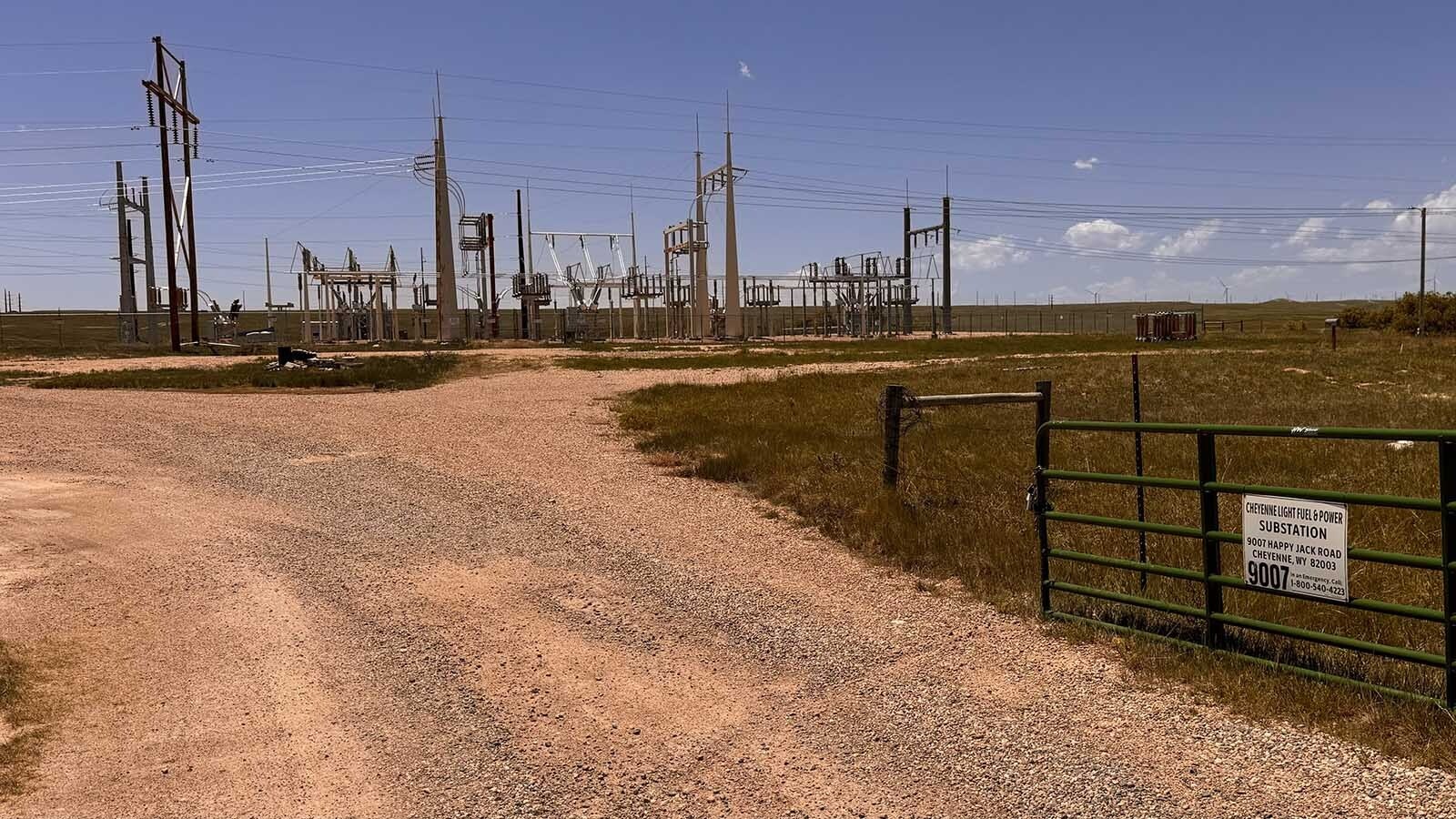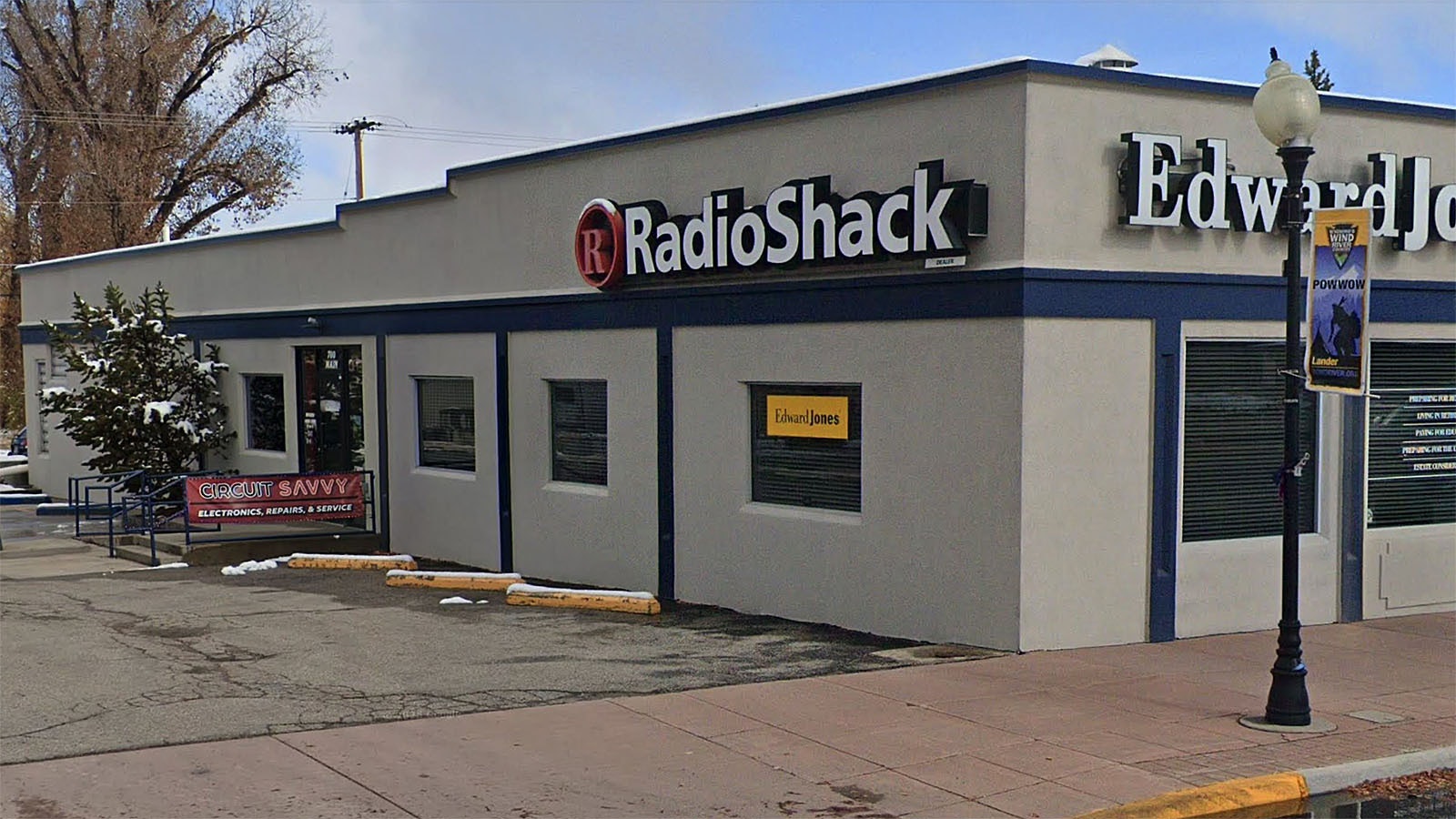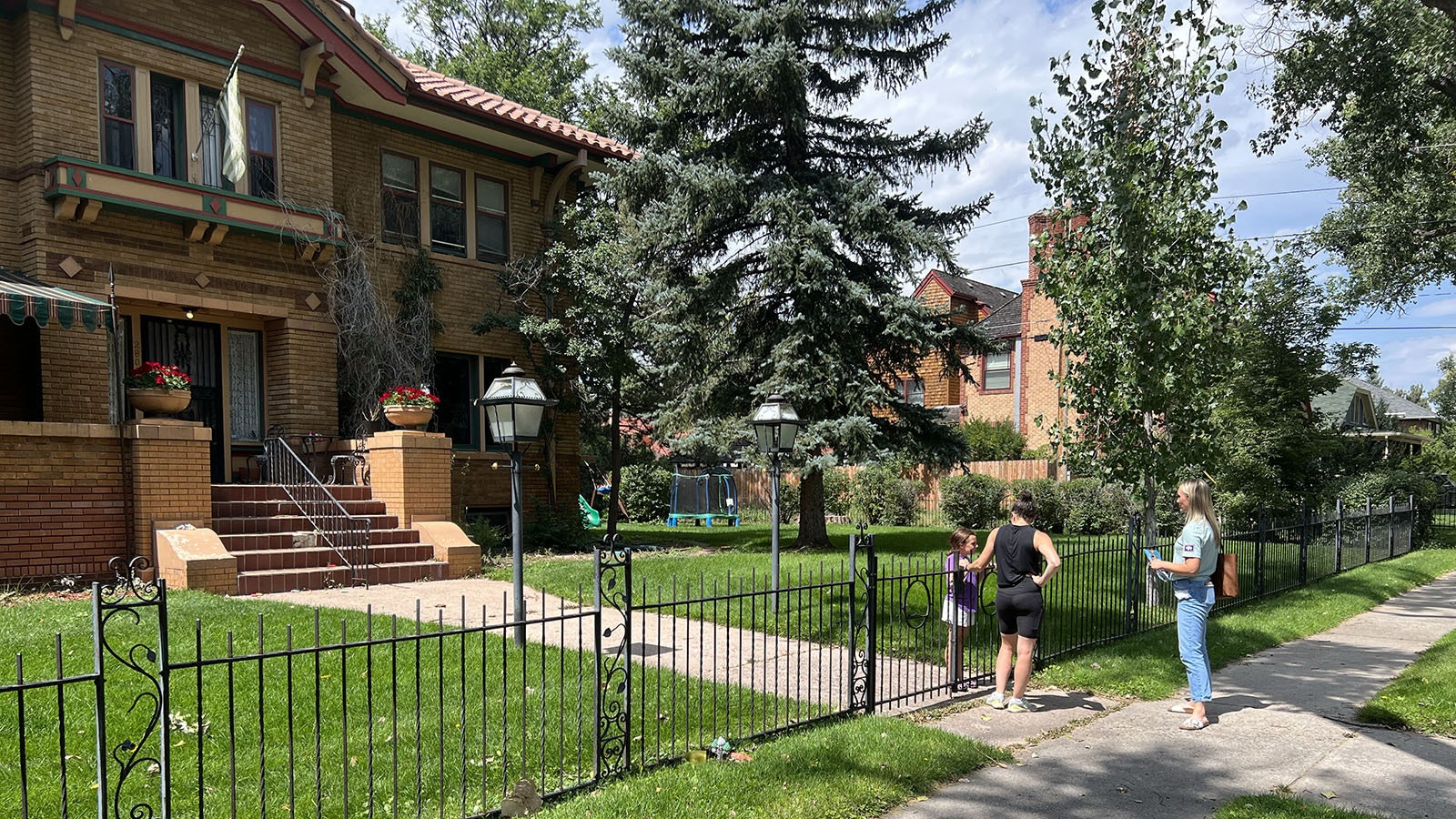Wyoming has long been one of the nation’s largest energy producers, exporting 15 times more power than it consumes. But the state is struggling to provide power for its own economic development.
The irony of that isn’t lost on Wendy Lopez, business recruitment manager for the Wyoming Business Council.
She fields many calls from companies that want to build power-hungry data centers, as well as other large-scale manufacturers looking to put new locations in the Cowboy State.
“People know that Wyoming produces a lot of power, and we export a lot of power, and that we have a pretty low population,” she told Cowboy State Daily. “So, they just assume we have all this capacity sitting around.
“But all of our infrastructure has been built around supporting energy to other places that are buying it.”
Many of Lopez’s callers end up looking elsewhere to site their projects after finding out it will take too long to build out the electricity infrastructure they need.
“If you look at any of the communities along I-80 and how much power they’re currently using, it might only be like 20, 50 megawatts worth of power,” Lopez said. “So, their infrastructure is built for that. The wires that are coming in are built for that.
“If you had a project requesting a load of 250 megawatts, that’s going to require all brand-new infrastructure. That’s metal poles compared to wooden poles.”
That leads many large-load companies looking for a site for a new development to hang up when it comes to Wyoming and turn to other locations.
Lopez couldn’t estimate how often that’s happened, but one visual that suggests it’s happening often is the noticeable lack of data center development along I-80 in Wyoming.
Data centers are clustered all along that interstate in most other states thanks to fiber optic cables that run alongside it. That trend noticeably ends after Cheyenne in Wyoming and doesn’t pick back up again until Utah.

Challenges Facing Rocky Mountain Power
Many of the communities along I-80 are served by Rocky Mountain Power, and economic development officials in some of those communities have cited the utility as one reason otherwise interested data centers have passed them by.
Sweetwater County Economic Development Specialist Kayla McDonald, for example, told Cowboy State Daily in an email that her county is not actively recruiting data centers anymore.
“Currently we are facing challenges with electrical capacity from our provider (Rocky Mountain Power),” she told Cowboy State Daily. “In early 2020-21, we had worked with a couple (data centers) that were interested in Sweetwater County, but sufficient available power was the challenge in securing the project.”
Rocky Mountain Power, which has 149,000 customers in Wyoming, declined to talk with Cowboy State Daily about the general challenges it’s facing as it seeks to meet the needs of prospective, large-load customers in the Wyoming areas it serves.
“Without specifics we cannot comment on statements about projects or the potential of projects,” spokesman Jonathan Whitesides told Cowboy State Daily in an email. “There are many factors that go into project development and growth, and our team works closely with businesses and organizations to find delivery solutions while protecting existing customers from related rate impacts.”
Tom Carter, vice president of Government Affairs for Rocky Mountain Power, however, did talk about some of the issues before a Joint Corporations, Elections, and Political Subdivisions Committee hearing in May.
“We’ve seen this throughout our six-state territory,” Carter said. “We have over 10 gigawatts of requests for service that want to come online within the next three to five years. And to put that in perspective, our service territory load in Wyoming is just under 1 gigawatt, and it took us 100 years to get there. So, we’re being asked to add 10 new states in a matter of three to five years.”
Real Requests Vs. Duplicate Requests
One of the challenges that comes with all of those requests is sorting through which are real requests and which are duplicates.
“Show us that you are real and that these three requests for a gigawatt aren’t three different companies or three different developers responding to the same RFP (Request For Proposals) that are clogging up my queue,” Carter said. “There’s gigawatts of requests clogging and standing in line between a one-, two-, or three-megawatt request.
“I need to be able to move everything aside, so I can get development moving forward, especially in places here in Wyoming that want to move forward,” he continued. “So our goal is to work within this process that the committee has asked us to look at and provide a good structure, so that if those loads, those hyper-scaling loads come to Wyoming or go to Utah or to Oregon or to Virginia, we still have the ability to provide the 3, 4, 5, 6% growth that we know how to do.”
Steady growth in the single-digit range is more what utilities like Rocky Mountain Power have been designed to do annually, Carter added, and it’s what he believes will drive long-term economic growth for the state.
Another big challenge Rocky Mountain Power is wrestling with, in addition to the challenges of large-load customers, is whip-saw policy changes at the federal and state levels. That’s dramatically changing what the utility can and can’t do every two to four years.
Disagreements over which direction is best for the future have also led to a fracture in Pacific Corps’ six-state energy compact, which includes Wyoming.
Some states in the compact want to focus more on renewable sources of power like wind and solar, while Wyoming, Utah and Idaho would prefer sticking with abundant and reliable energy sources that they already have at hand, like coal and natural gas.
Those disagreements may ultimately break the compact into two smaller groups, or even into individual states, which Rocky Mountain Power said could increase rates for customers across the region.
Carter said the company is running the numbers for that based on several scenarios, ahead of the expiration of the compact in December.

What About A Market-Based Solution?
Wyoming Industrial Energy Consumers’ attorney, Thor Nelson, told the Joint Corporation Committee that the organization is backing the idea that large-load customers should be able to take service from someone other than the utility that traditionally serves their area.
“The word that’s used is third-party generation,” Nelson said. “Sometimes you hear it referred to as a behind-the-meter arrangement, where a person builds a power generation facility, and then connects it behind the customer’s meter, so it’s on the customer side of the facility instead of the utility’s facilities.”
Allowing that kind of market competition could go a long way toward solving some of the issues Wyoming has seen when it comes to serving the needs of new businesses that want to locate here, Nelson said.
“It’s clear, as was explained by the witnesses for the utilities, that it is a challenge to the utilities to serve these extremely large loads,” he said. “And it’s a challenge because their business model is not necessarily designed for that. And it’s also challenging because they have to be very mindful of negative impacts on other customers. So, an easy solution, from WIEC’s perspective, is to allow those large data centers to separately contract with non-utility generators.”
That will allow those companies to control the speed at which the power generation is built, and the speed with which they can come to market.
“They can then take all of the risks associated with that generation,” Nelson said. “Instead of having those risks imposed on others.”
What Nelson likes best about it is that it’s a market-based approach that won’t affect customers who are already tired of seeing new rate increases from their utility providers.
“It’s a way, I think, to both get the generation we need, and get the business development we want, without burdening existing customers,” Nelson said.
Power Problems Part of Bigger Issue
Wyoming’s struggles to provide power to large load customers seeking to locate in the state have arrived even as its economic engines have been sputtering.
Wyoming Business Council Executive Director Josh Dorrell told Cowboy State Daily the state’s GDP has been sliding since 2008, with its median wages declining over the same time period.
He sees the power constraints Wyoming faces as a symptom of a larger issue that’s holding the state back — a tax structure that’s so low, it punishes communities if they try to grow.
“We’re one of I think the top five lowest taxed states,” Dorrell said. “That sounds good, unless you’re trying to grow.”
Businesses can’t grow if their communities cannot grow alongside them, Dorrell said.
“Most businesses aren’t constrained by a tax burden, they’re constrained by housing workforce,” he said. “They’re constrained by the job complexity that they can support.”
Bringing in knowledge-based workers to serve a business puts a strain on communities to expand when they don’t have tax revenues to grow services for new housing developments.
“Housing suffers, the ability for infrastructure to extend the town suffers,” Dorrell said. “All of those things make it so that you actually can’t grow.”
The dynamic is punishing communities that do try to grow, and it’s encouraging stagnation, as well as even outright shrinkage.
”As we look at manufacturing, as we look at technology jobs, as we look at those high-end service jobs or the healthcare field, things like that, our communities need to benefit when they grow in those ways,” Dorrell said. “So, things like sales tax is one methodology for that, because as your community grows, you should increase in sales taxes.
“But the challenge right now is that all of our communities have a very low sales tax amount,” he continued. “Some of them only have 4% sales tax, which is incredibly low, and it’s hard to pay for infrastructure with that.”
Those are some of the issues that are behind changes to the Business Ready Community Grant and Loan Program that Wyoming Business Council offers.
The new focus will be on helping communities unlock economic potential by solving their biggest barriers to economic development, as well as ensuring communities are taking concrete steps to support their own efforts with local funding sources.
Contact Renee Jean at renee@cowboystatedaily.com

Renée Jean can be reached at renee@cowboystatedaily.com.





